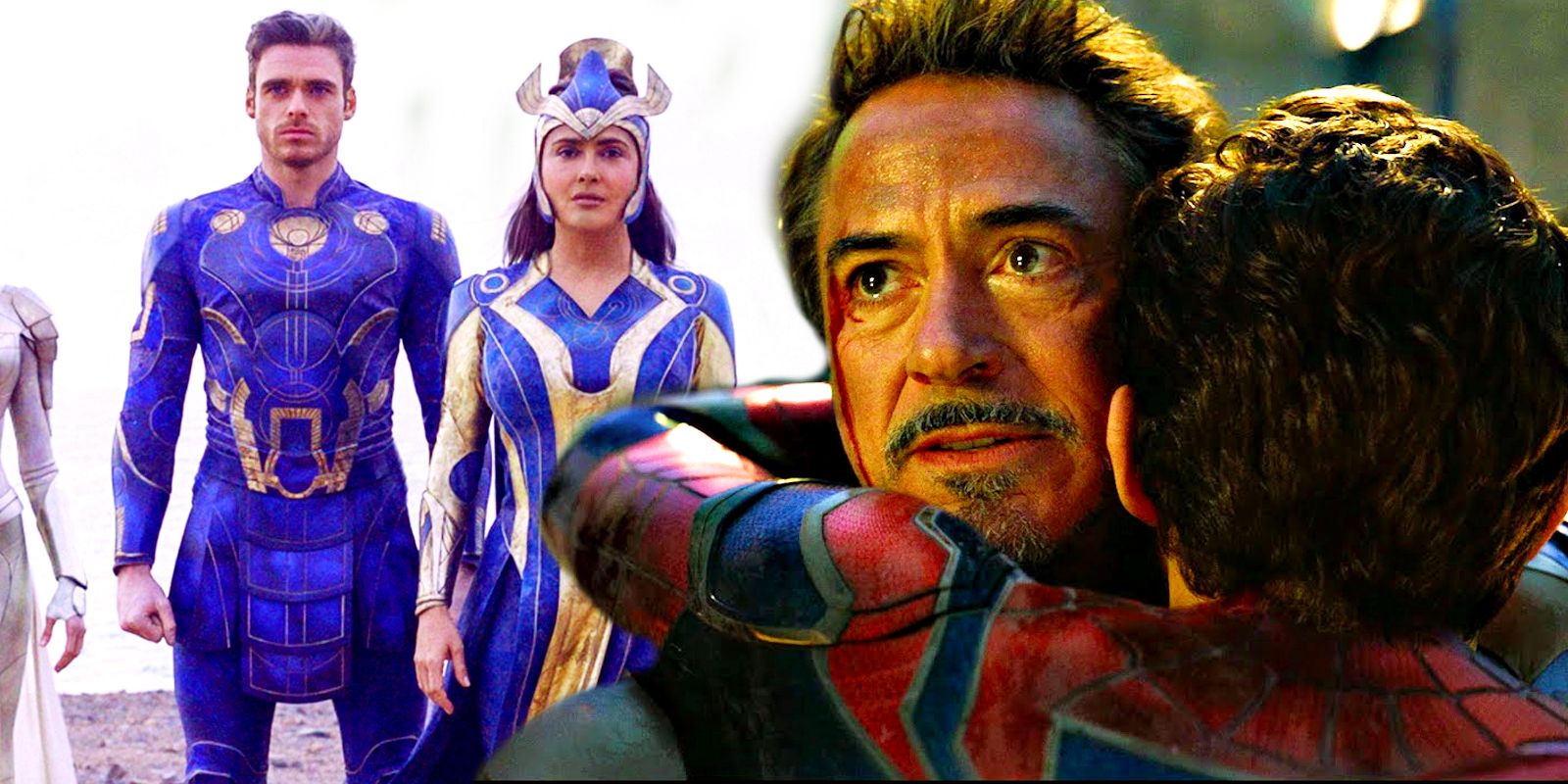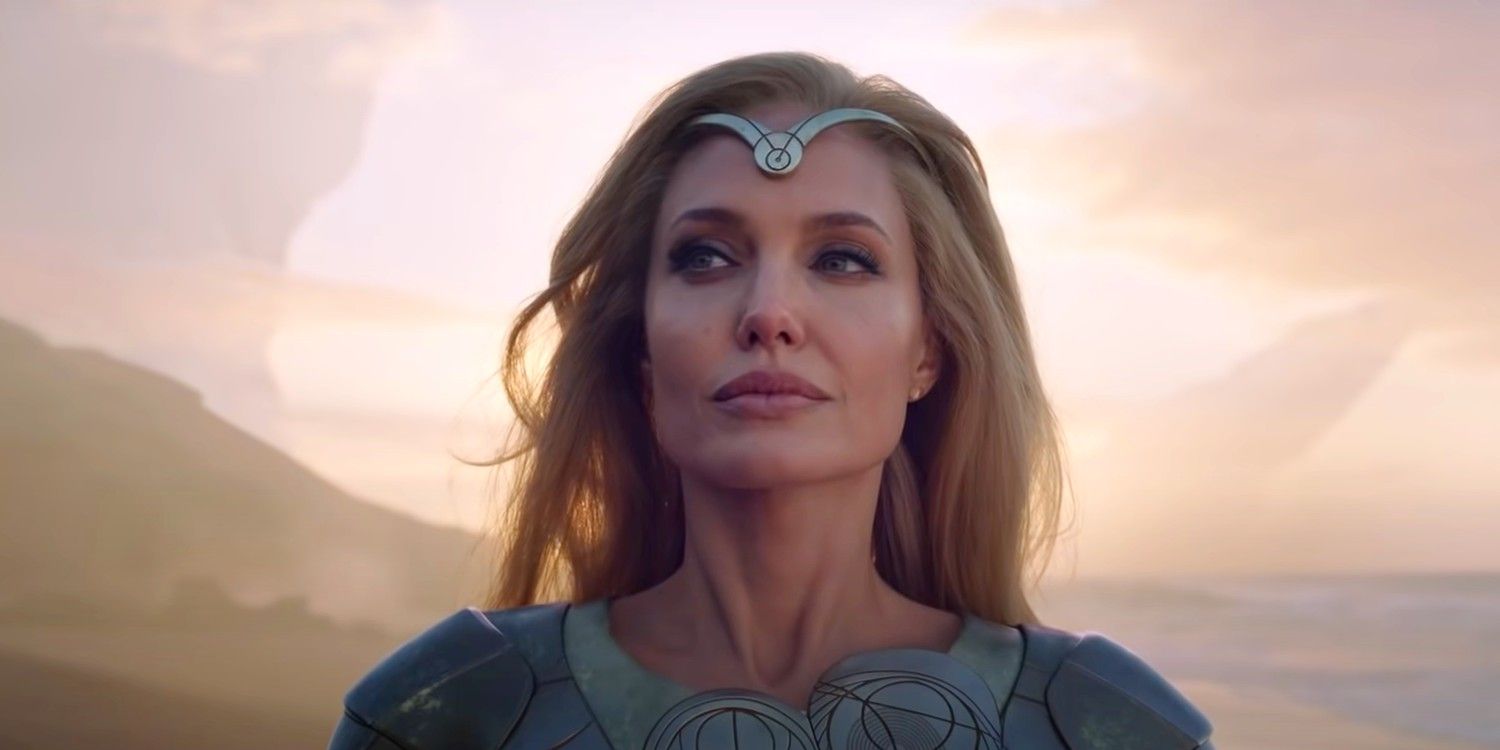
The narrative of Marvel's Eternals focuses on developing its many characters—a concept the MCU should embrace to fix one of its most common problems. Directed by Academy Award-winner Chloé Zhao, Eternals takes the MCU into new territory with a story that spans thousands of years, centering on a group of immortal cosmic beings, created by the Celestials, known as the Eternals. Eternals deviates from the majority of MCU films, which often fail to adequately develop characters beyond a singular main hero.
Eternals opened to a mixed reception among critics and became the MCU's first project to receive a Rotten score on Rotten Tomatoes. The division may have been expected due to the film's stark contrast from the rest of the MCU, but many have praised Zhao's direction for providing a fresh take on the superhero genre. Led by Salma Hayek's Ajak, the Eternals are comprised of Gemma Chan's Sersi, Richard Madden's Ikaris, Angelina Jolie's Thena, Kumail Nanjiani's Kingo, Brian Tyree Henry's Phastos, Lauren Ridloff's Makkari, Barry Keoghan's Druig, Don Lee's Gilgamesh, and Lia McHugh's Sprite. Although extensive ensembles are relatively common in the MCU, Eternals represents a different approach to introducing the major players.
Eternals' greatest strength lies in its character-driven narrative, which develops each of the 10 Eternals beyond a superficial level. The film defines each figure through their unique attributes and backstories, from Thena's struggles with dementia to Kingo's endeavors as a Bollywood star. The same dedication to character development rarely exists in the MCU, as movies from the Spider-Man and Iron Man franchises, for example, tend to shortchange side characters by making them one-dimensional in personality and/or purpose. By replicating Eternals’ method of fleshing out many characters, other MCU films could better convey relationships between characters and tell more emotionally moving stories.

Eternals differs from the customary MCU formula in its slower pace and lengthy exposition. Both of these factors afford context and intimate character development to its titular heroes in their introductory feature film. By alternating between the past and present, Zhao's method of storytelling conveys its characters' journeys from their prehistoric arrival on Earth to the post-Endgame setting and provides a thorough outlook of their abilities and personalities. The MCU has repeatedly failed to flesh out more than one character in its movies, as in both Spider-Man: Homecoming and Far From Home, supporting figures like Ned and MJ are solely purposed toward comic relief and romance respectively. With Peter Parker's already-established persona, one would hope the MCU would aim to further develop other characters in the Spider-Man universe, but it seems that ship has sailed. In the Iron Man trilogy, Tony Stark remains the only memorable character, which weakens the films' overall impact.
Its main characters aren't even human, yet Eternals profoundly emphasizes their sense of humanity through their individuality, as well as through their relationships with each other. Dynamics such as Sersi and Ikaris' longstanding and complicated romance and Gilgamesh's caretaker relationship to the embattled Thena attach an element of humanity to the all-powerful heroes. Eternals also features the MCU's first sex scene, first gay kiss, and first deaf hero—all of which reflect real humans, making the Eternals feel like a realistic depiction of the world rather than superficial cardboard cutouts.
Despite featuring 10 main characters and even though they do not all receive the same amount of attention, Eternals still succeeds in providing nuance and distinguishing characteristics to each figure—which succeeds more than other MCU films with fewer characters. While Eternals 2, is yet to be announced, the MCU can learn from Eternals and employ its character-based storytelling to other entries to fix its problem of one-dimensional personas.
No comments:
Post a Comment